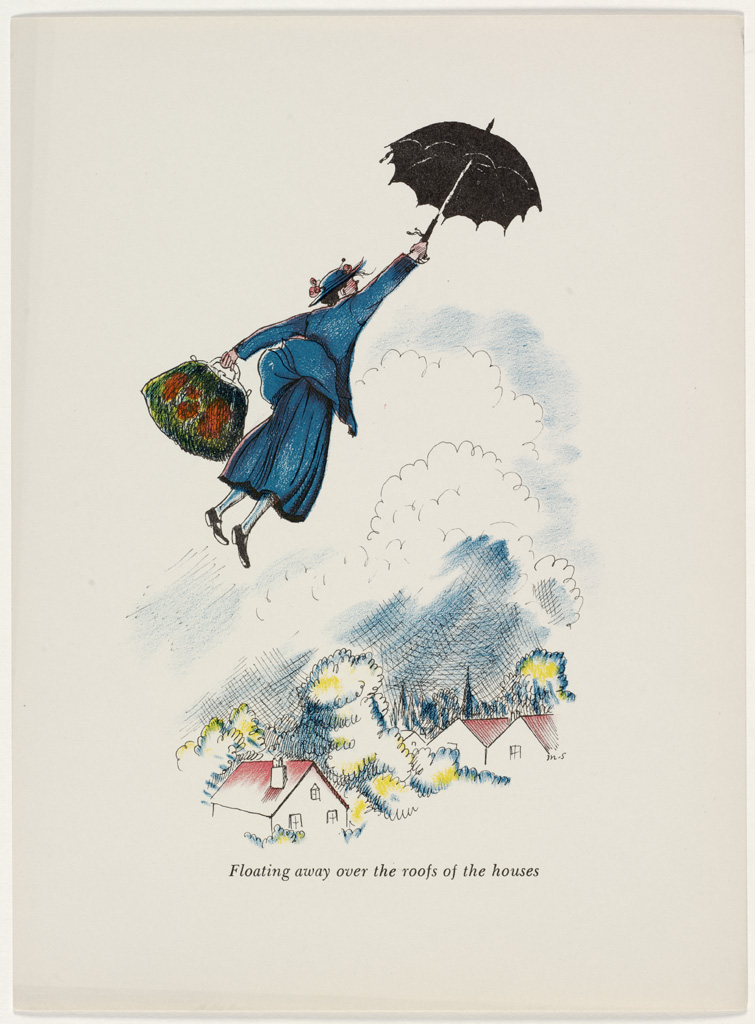My son recently asked us to take him to the theatre show, Mary Poppins. In the build-up to seeing the show, he insisted we watch the original version. I have probably seen Mary Poppins as a child, but long forgotten the storyline. What surprised me about the movie was the depiction of family dysfunction.
Throughout most of the movie, both parents appear disinterested in bringing up their children and are more interested in their own projects such as working long hours and women’s suffrage. While it is important to acknowledge the significance of women’s suffrage and the need to work, the movie highlights the consequences of neglecting children’s emotional needs. The behaviour of the children becomes a clear red flag, revealing their deep craving for attention from their parents.
However, the entrance of Mary Poppins into the family’s life serves as a catalyst for change. I can’t help but compare her role to a psychologist but with a ‘hands-on and full-time’ approach. She brings a touch of magic and whimsy, but more importantly, she instils a sense of responsibility and connection within the family. Through her guidance, both parents learn to prioritize their children’s well-being and understand the importance of being present in their lives.
The movie’s portrayal of family dysfunction is a thought-provoking aspect, as it shines a light on the consequences of parental neglect and the impact it can have on children. It serves as a reminder for parents to strike a balance between their personal pursuits and their role as caregivers. The movie also validates my approach to parenthood, which is to make all the small things count, like putting my child to bed, picking them up from school, and spending time with them, but also maintaining a balance for my own needs.




